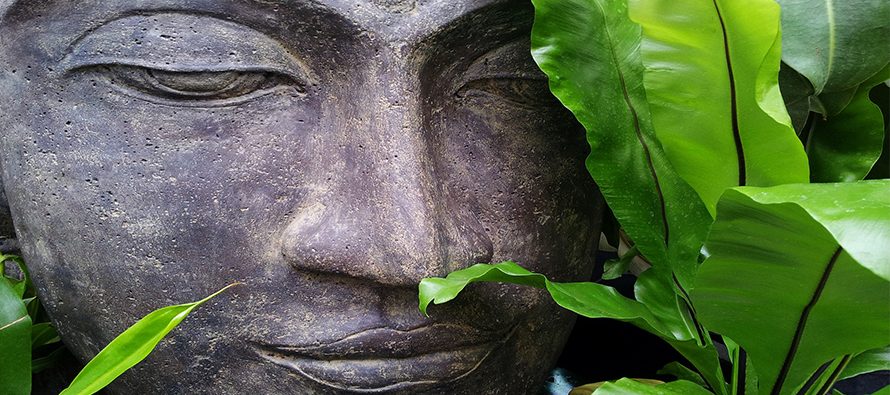
SUCRALOSE…IS IT SAFE?
October 19, 2017Six Relationship Principles of Yin and Yang
According to Chinese philosophy, everything can be described as either yin or yang.
In Traditional Chinese medicine, each of the five elements has a pair of yin and yang organs. The yin organs meridian has a downward flow of energy and the yang upward. An imbalance of the yin-yang ratio can cause illness. Every individual needs to find this balance depending on their own constitution, climate, season, occupation and even emotional environment. If in perfect health, the individual should be able to adapt to any of the inevitable changes of life. These are the following six principles of yin and yang:
1. Yin and yang are opposites
Everything has its opposite—although this is never absolute, only comparative. No one thing is completely yin or completely yang. Each contains the seed of its opposite. For example, cold can turn into hot; or season changes of the year.
2. Yin and yang are interdependent
Nothing is totally Yin or totally Yang. The classics state “ Yin creates Yang and Yang activates Yin”. . One cannot exist without the other. For example, day cannot exist without night.
3. Yin and yang can be further subdivided into yin and yang
Any yin or yang aspect can be further subdivided into yin and yang. For example, temperature can be seen as either hot or cold.
4. Yin and yang consume and support each other
Relative levels of Yin Yang are continuously changing. Normally this is a harmonious change, but when Yin or Yang are out of balance they affect each other, and too much of one can eventually weaken (consume) the other. There are four possible imbalances: Excess yin, excess yang, yin deficiency, yang deficiency.
5. Yin and yang can transform into one another
At a particular stage, yin can transform into yang and vice versa. For example, life changes to death.
One can change into the other, but it is not a random event, happening only when the time is right. For example: Spring only comes when winter is finished.
6. Part of yin is in yang and part of yang is in yin
There are always traces of one in the other. For example, there is always light within the dark (e.g., the stars at night), these qualities are never completely one or the other.



